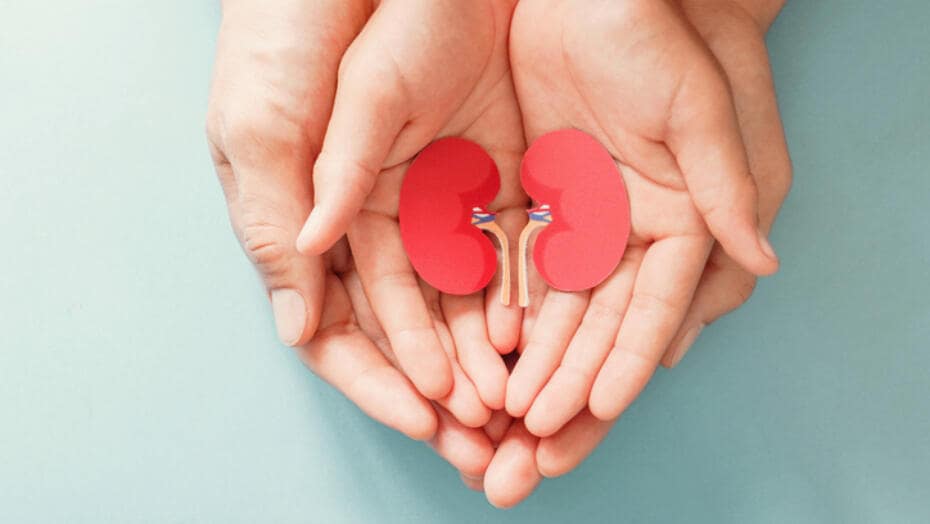Deceased Donors vs Living Donors
Important Facts To Know
- There are presently over 100,000 people on the Kidney Transplant Waiting List in the USA
- Over 5000 new patients per month are added to the Kidney Transplant Waiting List
- On average, 13-15 people die per day while on a Kidney Transplant Waiting List
- In 2024, approximately 28,000 Kidney Transplants were performed in the USA with approximately 6400 donated from a living kidney donor
- 1/1000 individuals are born with only 1 kidney & live a normal healthy life
What To Expect As A Living Kidney Donor
- Spend 2-3 Days in the Hospital on average
- Return back to work in 10-14 days on average
- Procedure is done via Laparoscopic Surgery….. NOT MAJOR SURGERY
- Return Back to your normal life…… exercise, diet, travel, etc.
- NO IMPACT ON LIFE EXPECTANCY….. LIVE A HEALTHY NORMAL LIFE WITH ONLY ONE KIDNEY
- Priority Status on the Kidney Transplant List should there ever be a need in the future for a kidney transplant (less than 1% chance).
A Kidney From A Deceased Donor vs A Living Kidney Donor…. What Choice is Better?
There are many advantages to receiving a kidney from a living kidney donor as compared to a kidney from a deceased donor. Here are several important facts to be familiar with:
- Once accepted onto a Kidney Transplant List, the average waiting time for a kidney from a deceased donor is between 3-7 years or longer which increases the risk of mortality and morbidity.
- Kidney Transplant Departments DO NOT actively help you find a kidney from a living donor. You are solely responsible for finding a living donor.
- A kidney from a deceased donor lasts on average 8-15 years compared to a kidney from a living donor that lasts on average 15-25 years.
- A kidney from a deceased donor has a higher potential risk of complications, infections and rejection compared to a kidney from a living donor that has a lower risk of complications, infections and a lower rate of rejection.
- A kidney from a deceased donor may not function immediately and require several days or weeks to “wake up” with the possible need for dialysis.
- A kidney from a living donor has the advantage of working immediately to produce urine and remove waste products.
- Waiting for a kidney from a deceased donor requires you to be available 24 hours/7 days a week to come to the hospital at any time day or night.
- A kidney from a living kidney donor enables both the donor and recipient to mutually schedule a convenient time in advance for transplant.
Dialysis vs Kidney Transplant – What Choice Is Better?
Clinical studies show that patients who have a successful kidney transplant (Deceased or Living Donor) live a vibrant and healthier lifestyle compared to patients on dialysis. Dialysis does not cure your kidney failure and only replaces part of your kidney function. It increases the risk of developing heart inflammation and cardiovascular disease, bone disorders, an irregular heart rate, sudden cardiac arrest, stroke, anemia and sepsis. Dialysis also causes various unwanted daily symptoms like infections, fatigue, diminished energy, muscle cramps, diminished focus, physical limitations and restrictions. Patients who have a kidney transplant have a significantly better quality of life compared to being on dialysis and enjoy living a normal healthy life with no limitations and restrictions, being able to return to work, travel more freely and live without diet and fluid restrictions.
